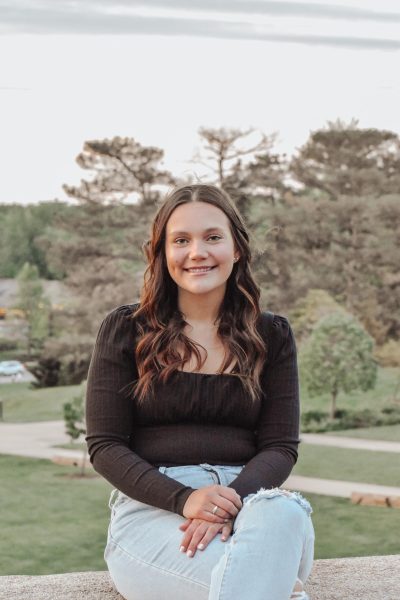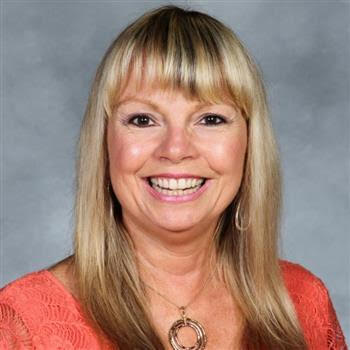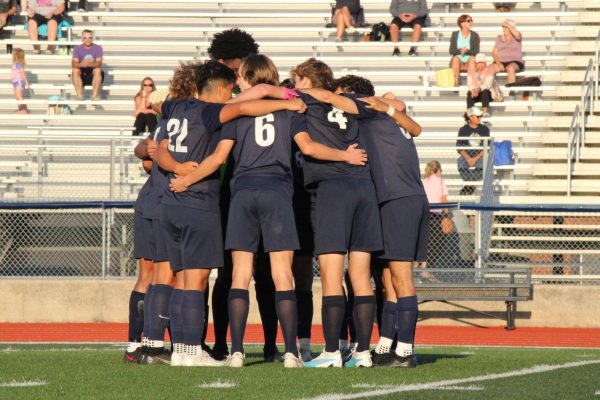California’s New Plan?
California unveils a sweeping plan for full reopening on June 15 as COVID fades.
State officials on Friday unveiled perhaps their most eagerly anticipated pandemic-related guidelines, which will steer California into a new, fully reopened age.
Come June 15, Californians will wake up to a world that looks nothing like the last year-plus — one where businesses can open their doors without COVID-19 constraints on capacity or requirements for physical distancing, and where people who are fully vaccinated no longer need to wear masks in most situations. California also will align with recommendations from the Federal Centers for Disease Control and Prevention when it comes to travel, according to Dr. Mark Ghaly, the state’s Health and Human Services secretary. Though June 15 has been billed as California’s full reopening date, it remained somewhat unclear until now under what circumstances modifications might remain. Initially, the plan was to keep the state’s mask mandate in place, but officials this week instead announced that Californians who are fully vaccinated against COVID-19 will be allowed to go mask-free in most indoor settings starting June 15 — a move that will bring the state into alignment with recent CDC guidance.
Employers also will still be subject to any relevant standards handed down by the California Division of Occupational Safety and Health, known as Cal/OSHA.
The state Occupational Safety and Health Standards Board was scheduled Thursday to consider a proposal that would have allowed workers to return to their jobs without social distancing or face masks as long as everyone in a room is vaccinated, but members postponed a decision given the changes coming next month. A full reopening also doesn’t necessarily mean an immediate return to pre-pandemic normal. Some people may still opt to wear masks or otherwise moderate their behavior to minimize risk. And working from home could become more common at some companies. California will require organizers of indoor events with more than 5,000 people to verify that attendees are either vaccinated or have recently tested negative, according to Ghaly. The state will recommend, but not require, the same for outdoor events with more than 10,000 people — though organizers will have the option of allowing unvaccinated and untested attendees, provided they wear a mask.
Officials said they needed to have enough COVID-19 vaccine to inoculate all willing and eligible Californians. On top of that, the number of coronavirus-positive patients hospitalized statewide had to be stable and low — with particular attention paid to how many fully vaccinated people were falling ill enough to need that level of care. Unlike the earlier days of the vaccine rollout, California’s inoculation campaign today is constrained less by available supply and more by falling demand.
Earlier in the spring, the state was doling out roughly 400,000 vaccine doses per day, on average. Over the last week, though, providers statewide have administered an average of 225,652 doses per day, according to data compiled by The Times.







